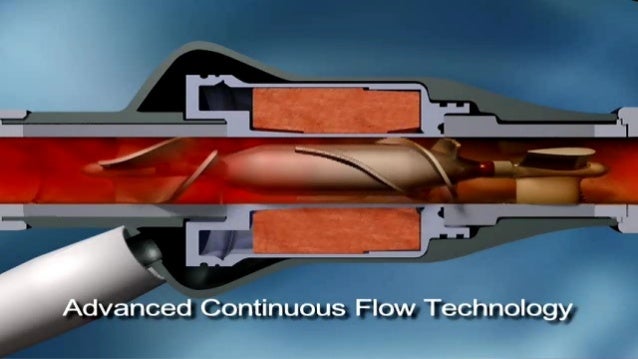A_B_T
Mechanical
- Nov 18, 2017
- 3
Hi,
Does anybody have any great books or references on the design of the blades of an axial pump, and their profile?
So far I've only been able to find books and articles mentioning that the blades are airfoil formed, but I haven't found any rule of thumb or handbook on the actual profile selection.
Hope my question makes sense, and thanks in advance!
Does anybody have any great books or references on the design of the blades of an axial pump, and their profile?
So far I've only been able to find books and articles mentioning that the blades are airfoil formed, but I haven't found any rule of thumb or handbook on the actual profile selection.
Hope my question makes sense, and thanks in advance!

